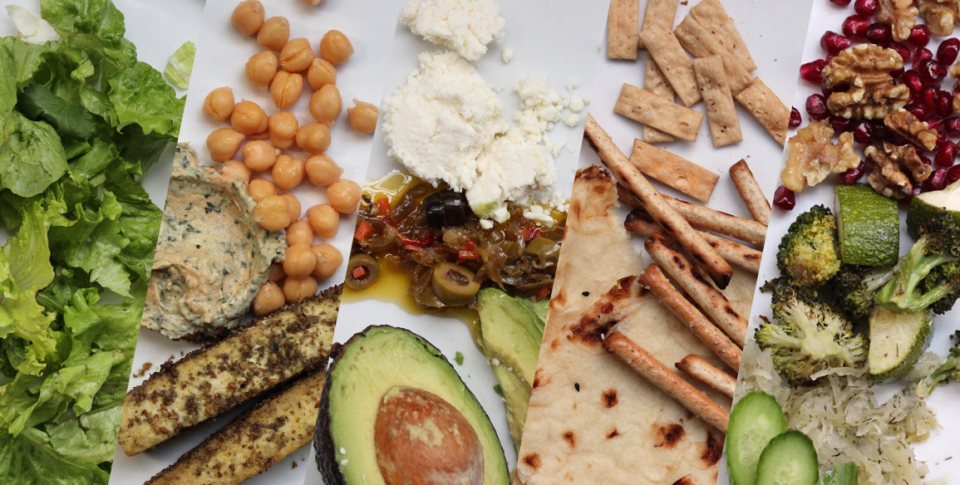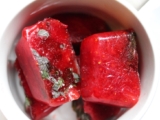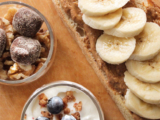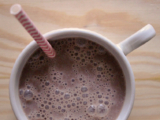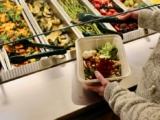How to Build a Satisfying Salad
I know a lot of people think of eating salad for a meal and just cringe. It seems as though most of us associate salad with limp, boring iceberg lettuce, some cherry tomatoes, soggy cucumbers, and some kind of overwhelming cream dressing. However, it doesn’t have to be this way! Salad can be bright, crunchy, flavorful, and best of all, actually filling.
There are some great restaurants popping up all over the country dedicated to this exact idea. It’s easier than ever to find a build-your-salad place that is levels above the boring salad bars of yore. Those salad places can be a great option while out and about, but they can also be very pricey. My hope is that this post will help you learn how to make these delicious, hearty salads at home with ingredients you can easily keep on hand, and for a fraction of the price. I will often make these “kitchen sink” salads for easy lunches all week long.
Okay, so down to the nitty-gritty: in my opinion, there are 5 components to make any salad the salad of your dreams. If done right, your salad will leave you feeling satisfied in taste, texture, and satiety. Here are the 5 components that I pile into every salad I make:
- Base: This is usually some blend of leafy greens for me. I like to use a few different kinds when I have them on hand, and I often will use a salad kit (I love cabbage slaw) and add in arugula, green leaf lettuce, or spinach.
- Protein: This can be anything from leftover chicken, to tofu, to fish. In most instances, I am having salad for a quick lunch and so my protein is also something really quick. Think: drained & rinsed canned beans, a toasted pre-made/frozen veggie patty, a big dollop of cottage cheese, hummus, or a hard-boiled egg.
- Fat: Fat is really important for salads! It imparts flavor and also helps your body absorb and utilize all of the fat-soluble vitamins that are in the colorful vegetables you are eating. Healthy salad fats include avocado, cheese, olives, or the dressing you use (olive oil and red wine vinegar + fresh black pepper is my favorite lazy dressing).
- Carbohydrate: Any solid meal will have all macronutrients included to help your body feel properly fueled, and that includes essential carbohydrates! I often find that if I eat salads without any carbs included, I am just not full (or at least not for as long). My grain choices for salad might be a whole grain that I mix in as part of the base (farro, quinoa, rice), but more often comes as a topping or side. My favorite thing to do is make homemade croutons with my sourdough bread, but I will sometimes add tortilla chips or have a side of naan or bread.
- Flavor/texture/interest: I know this is a few things- but I think they all fall under the same category. The basic idea is that you add things that keep your interest in the salad, whether that is through flavor, texture, or something else. Often, the foods you use in other categories will overlap and work for this part too, but some of my favorites that haven’t been mentioned yet include lots of other colorful vegetables (I used cold, leftover roasted vegetables in salads frequently and it is divine, trust me), sauerkraut, crunchy seeds, or even fruits! This time of year in particular, I love to add pomegranate arils or small sections of mandarin oranges.

I hope this gives you some ideas on how to stock your kitchen so that you can start making satisfying salad creations tomorrow!

